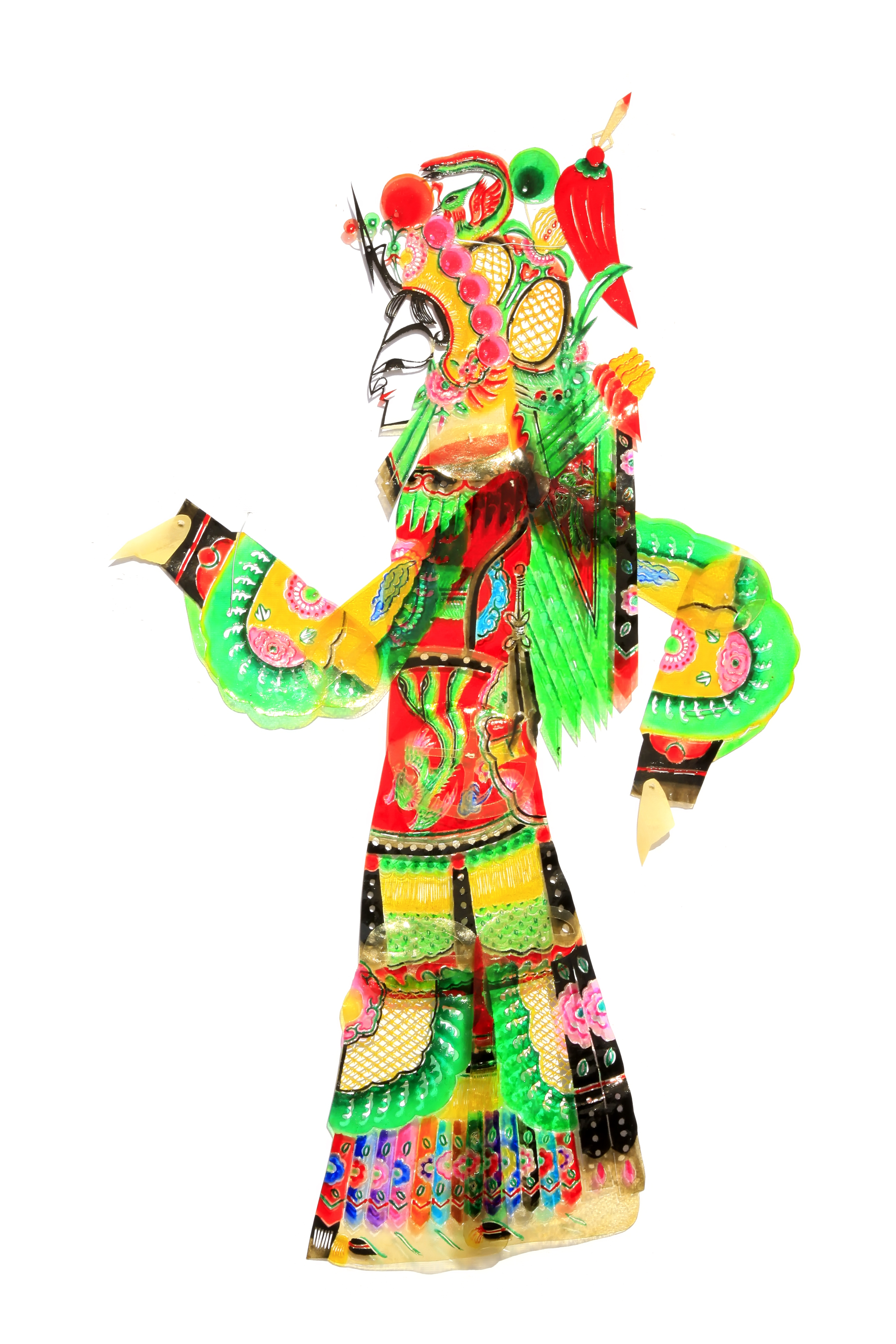
As many of you know, Chinese shadow puppets are a very popular topic for Museum Bento!
In December, we had the Chinese shadow puppet event at Science World and I also include Chinese shadow puppets in the Puppets Around Asia box.
Chinese shadow puppetry, or piying xi, has a very long history in China. In fact, some scholars believe shadow puppets originated in China over 2,000 years ago!

Legend has it that shadow puppetry came about when Emperor Wu of the Han dynasty (BC 206-AD 220), devastated by the death of his mistress, ordered his court officials to bring her back to life.
The officials made a model of his mistress out of donkey leather with jointed arms and legs. They adorned her with clothes by painting them on leather and, using an oil lamp, made her shadow move as if she still breathed.
Chinese shadow puppetry developed alongside opera and shares many of the same characteristics, including songs, stories and aesthetics. It became very popular with roving entertainers who moved from village to village putting on shows and telling the stories of days past, myths and heroic warriors.
This form of entertainment spread throughout China, Southeast Asia, India and later, Europe.
The art of Chinese shadow puppetry takes years to master. Puppets are painstakingly carved from leather, painted, and attached to rods. The puppeteer must learn to master the control the rods and give life to the puppets through voice and music.
Nowadays, shadow puppetry in China is an endangered art form. Many puppeteers are too old to continue performing and younger generations are more interested in TV, movies and video games. Now, there are efforts to revive the ancient art form and make it more appealing to modern audiences.